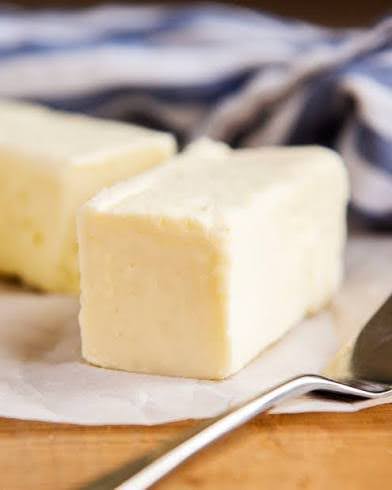Butter 101: What I Learned in Culinary School About This Magical Ingredient
Hello Chefs,
Today in culinary school, we focused on something near and dear to my heart: butter. Glorious, golden, melt-on-everything butter. If I could write a love letter to butter, I would—and honestly, maybe this is it.
Butter is one of the most versatile ingredients in the kitchen, and today we dove into what makes it so special, how it behaves when heated, and how to use it in ways that amplify both flavor and function.

Let’s Start With the Basics
Butter is an emulsion of fat, water, and milk solids. When you melt it, these parts begin to separate:The fat rises to the top (that’s the clarified part)
The milk solids sink and eventually brown or burn
The water evaporates out as steam
By understanding how to manipulate those parts, you can unlock different versions of butter for different culinary purposes. Let’s look at two of the most common variations:
Clarified Butter
Clarified butter is butter that’s been gently melted and separated so the water and milk solids are removed—leaving behind pure butterfat.Why it’s amazing:
It has a higher smoke point than regular butter, so you can cook with it over higher heat without burning it.
It lasts longer and doesn’t go rancid as quickly.
It’s the base for ghee, used in Indian cooking.
When to use it:
Searing meat or fishMaking hollandaise sauce
Cooking eggs like a pro
Tossing with veggies when you want flavor but not browning
In class, we made clarified butter and immediately noticed how clean and golden it looked. It’s like butter… but more grown-up.
Brown Butter (a.k.a. Beurre Noisette)
Now let’s talk about brown butter—also known by its beautiful French name, beurre noisette, which literally means “hazelnut butter.” And honestly? That’s exactly what it smells like.To make brown butter, you heat whole butter until the milk solids begin to brown, developing deep, nutty, toasty aromas. It’s not just butter anymore—it’s flavor magic.
Why it’s amazing:
Adds richness and complexity to both sweet and savory dishesSmells like toasted heaven
Transforms basic ingredients into something fancy
When to use it:
In baked goods like cookies, cakes, or banana breadOver pasta or gnocchi
With roasted vegetables
In sauces for fish or chicken
Poured over popcorn (trust me)
Pro tip: Don’t walk away while browning butter. It goes from perfect to burnt faster than you think—but when you catch it at the right moment, it’s absolute gold.
Other Ways to Use Butter Like a Pro
🧈
In Laminated Doughs
Butter plays a starring role in croissants, puff pastry, and danishes. The process of lamination involves folding butter between layers of dough to create those flaky, buttery layers. Cold butter = steam = lift + layers.
🧈
As a Finishing Touch
A little cold butter stirred in at the end of a sauce (called monter au beurre) makes it smooth, glossy, and restaurant-worthy.
🧈
In Compound Butters
Mix softened butter with herbs, spices, or citrus zest for an instant flavor boost. Roll it into a log, chill, slice, and serve on steaks, veggies, or bread.
🧈
For Flavor + Tenderness in Baking
In pie crusts, biscuits, and scones, cold butter = flaky results. In cookies and cakes, softened butter adds tenderness and richness. And browned butter? It’s a flavor bomb in disguise.
Butter is one of those ingredients that seems simple—until you realize it can do a hundred different things, depending on how you treat it. I loved this unit because it showed me how butter isn’t just an ingredient—it’s a tool, a flavor booster, and a technique all wrapped in one golden brick.
Until next time, stay toasty and butter on!
— Brennah
 Brennah Van Wagoner
Brennah Van Wagoner
Weekly Newsletter Contributor since 2025
Email the author! brennah.oaks@gmail.com
